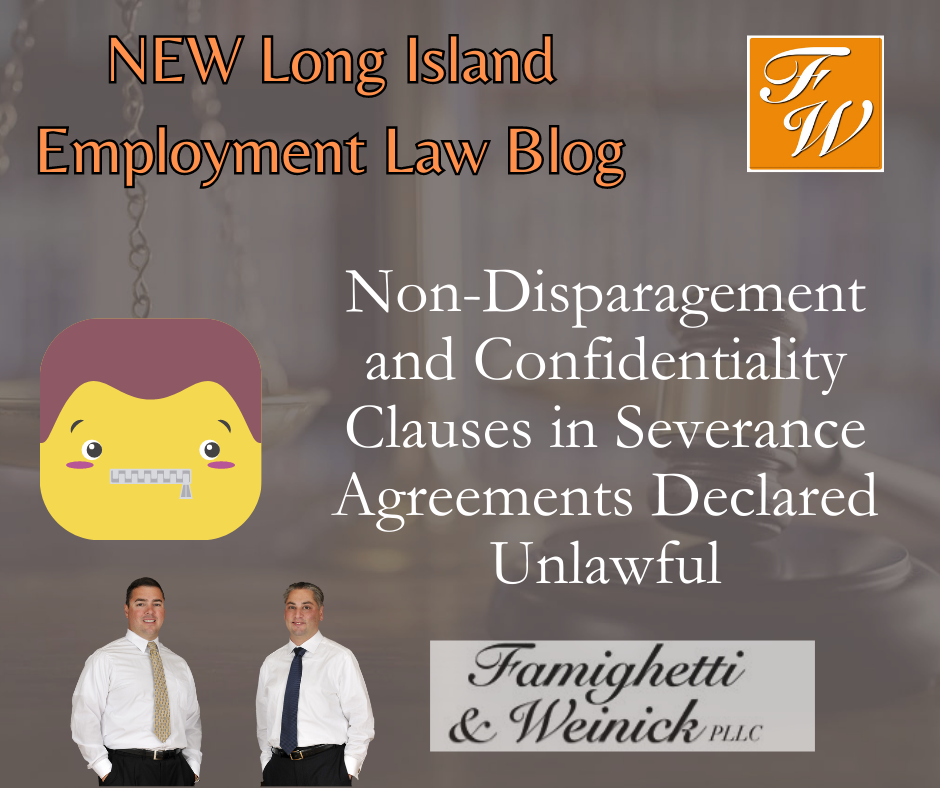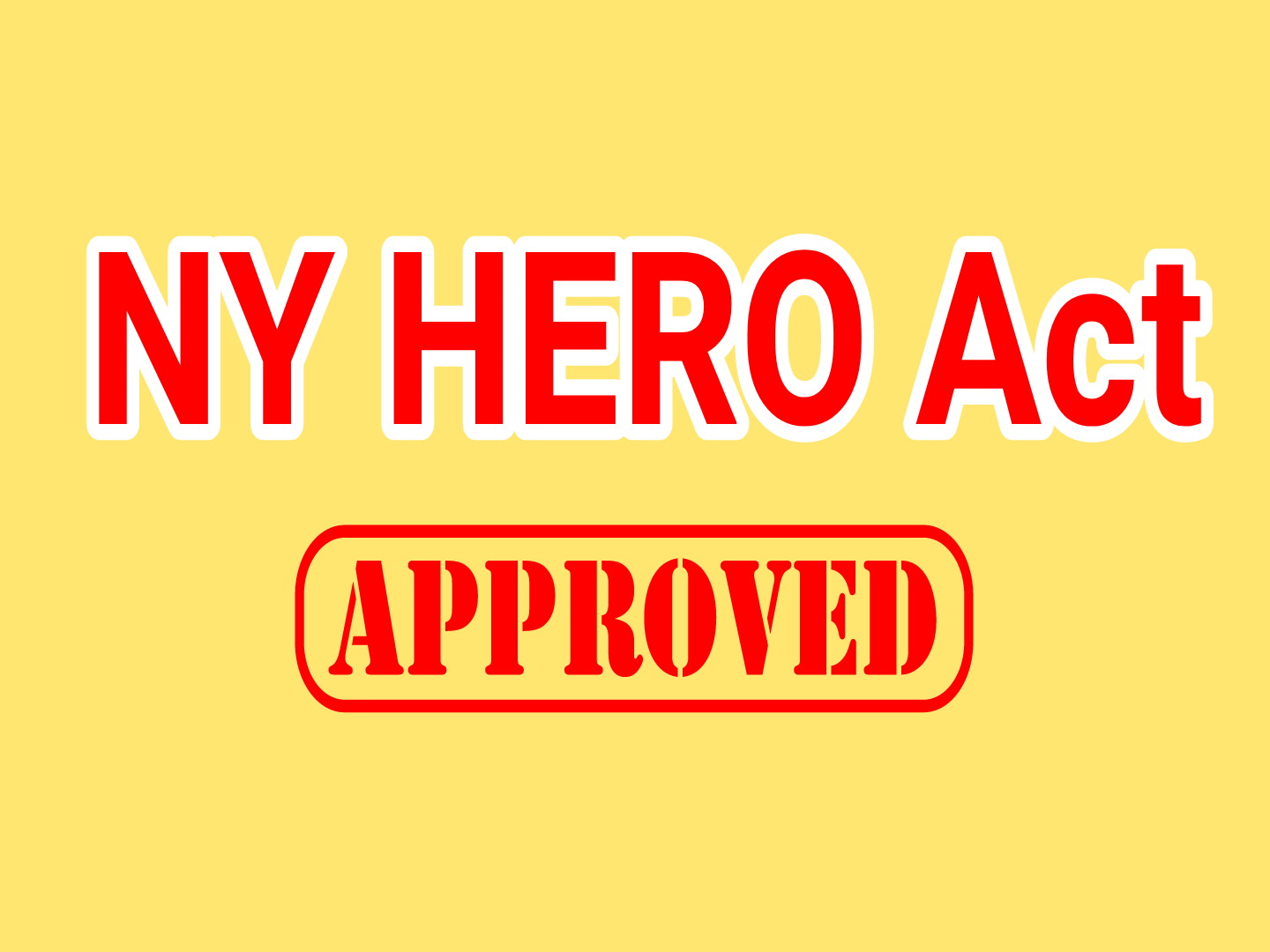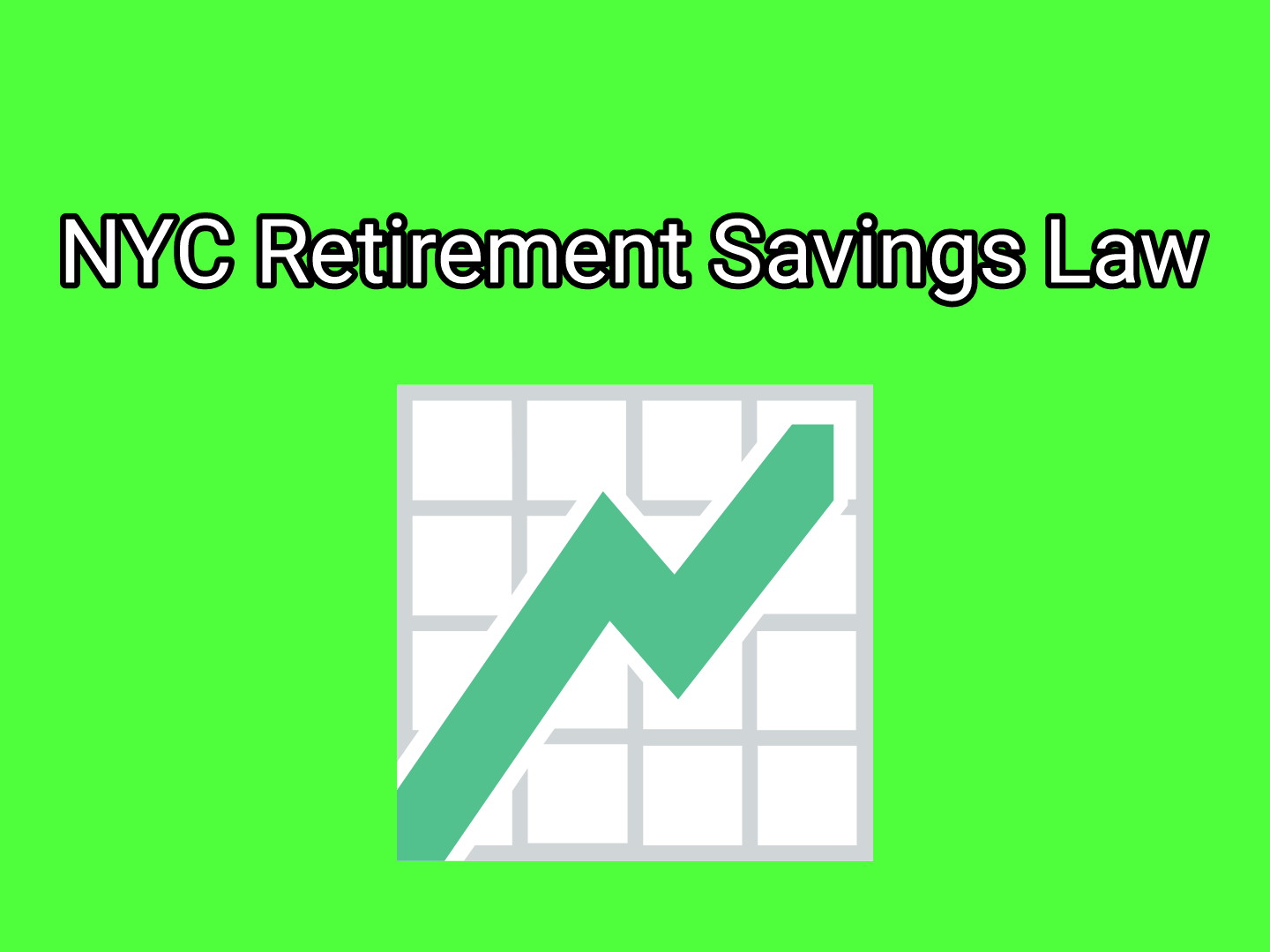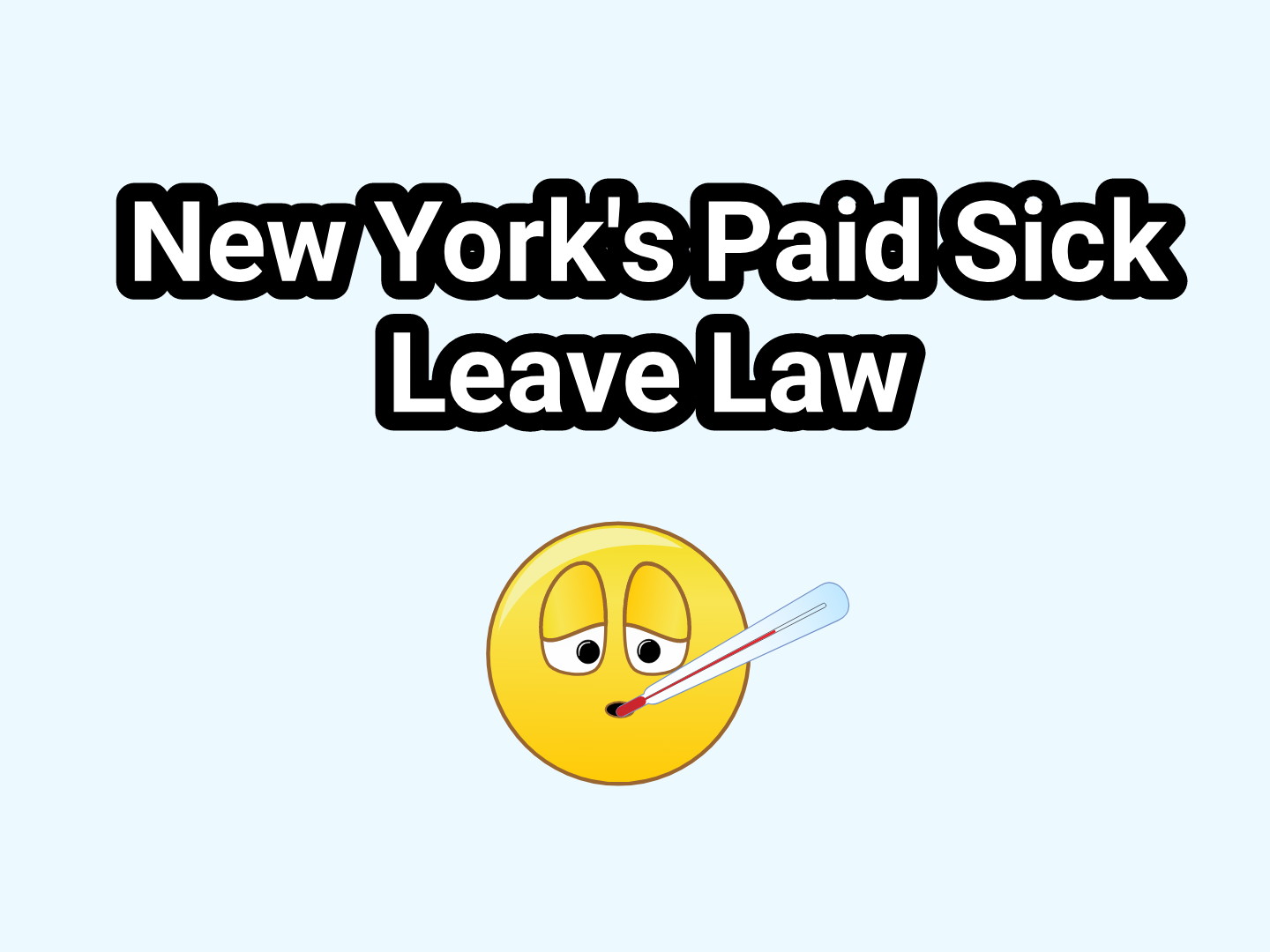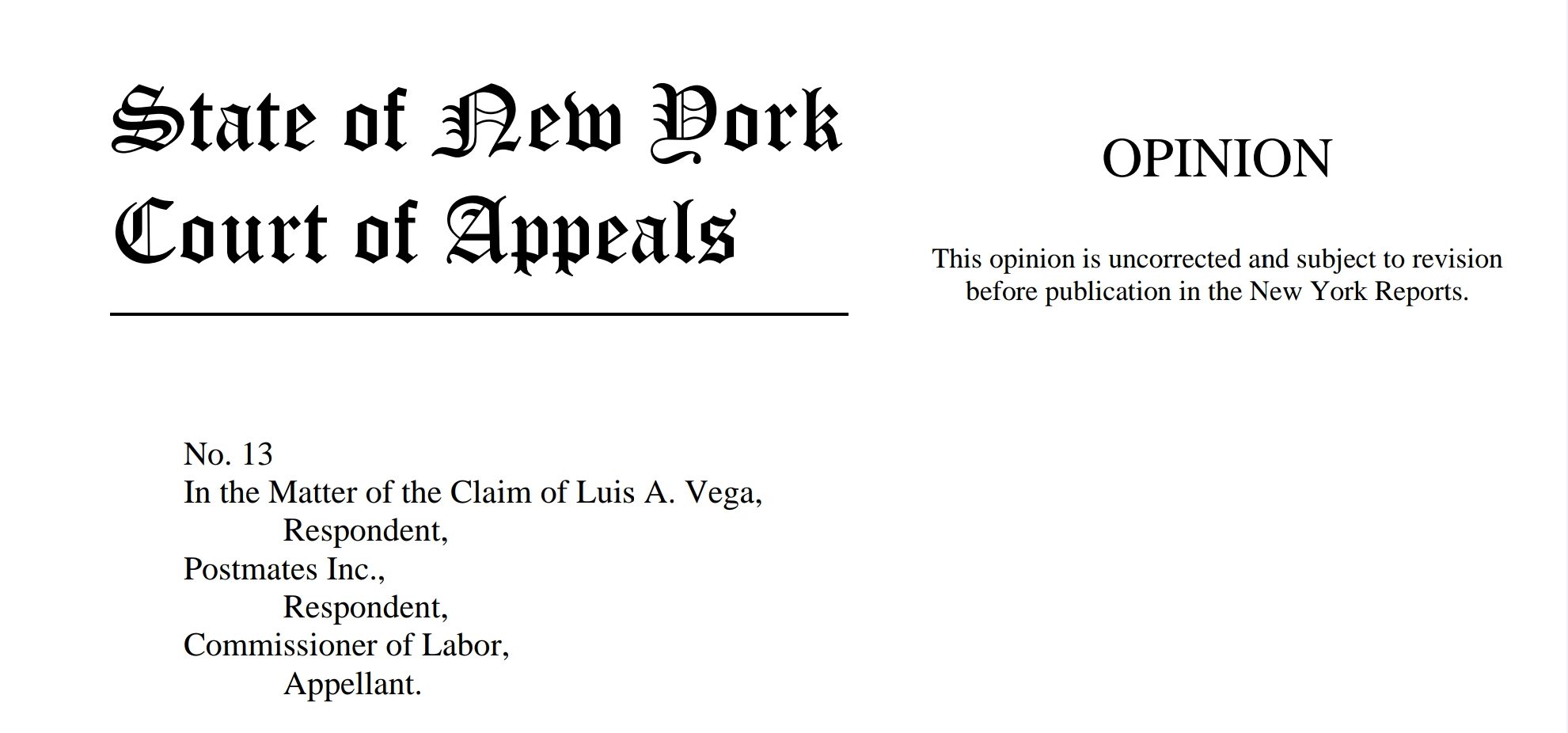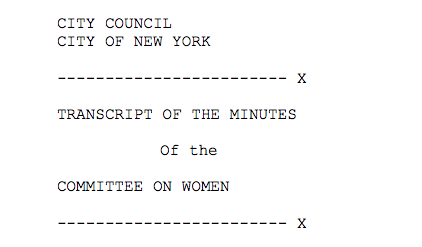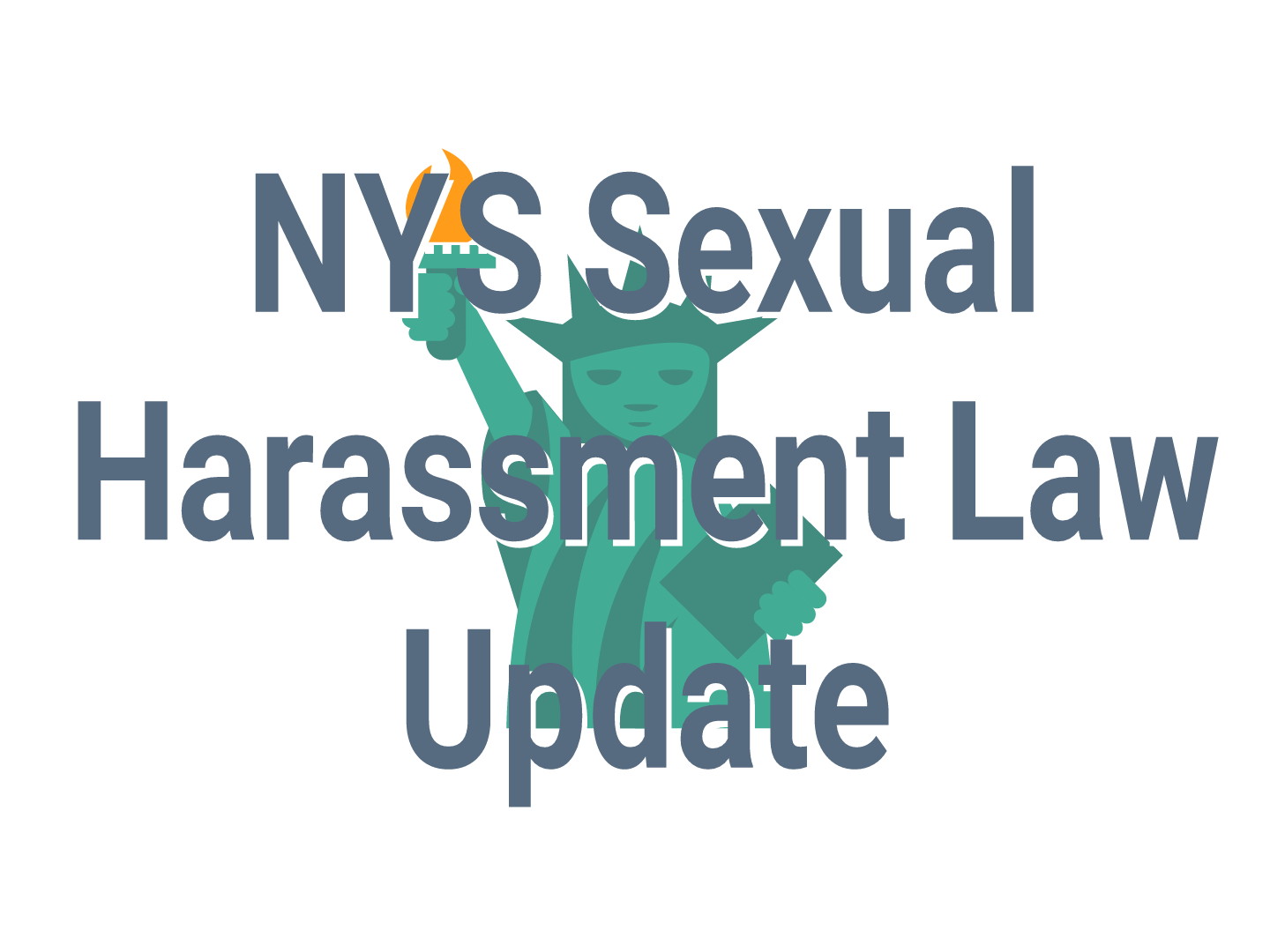On April 23, 2024, the United States Federal Trade Commission voted to ban non-compete agreements. What is a non-compete agreement and what does the ban mean? Today’s Long Island employment law blog explores these issues and the FTC’s new rule. Non-compete agreements are contracts (or provisions in contracts) which limit or bar an employee or…
Continue reading ›Your Side










